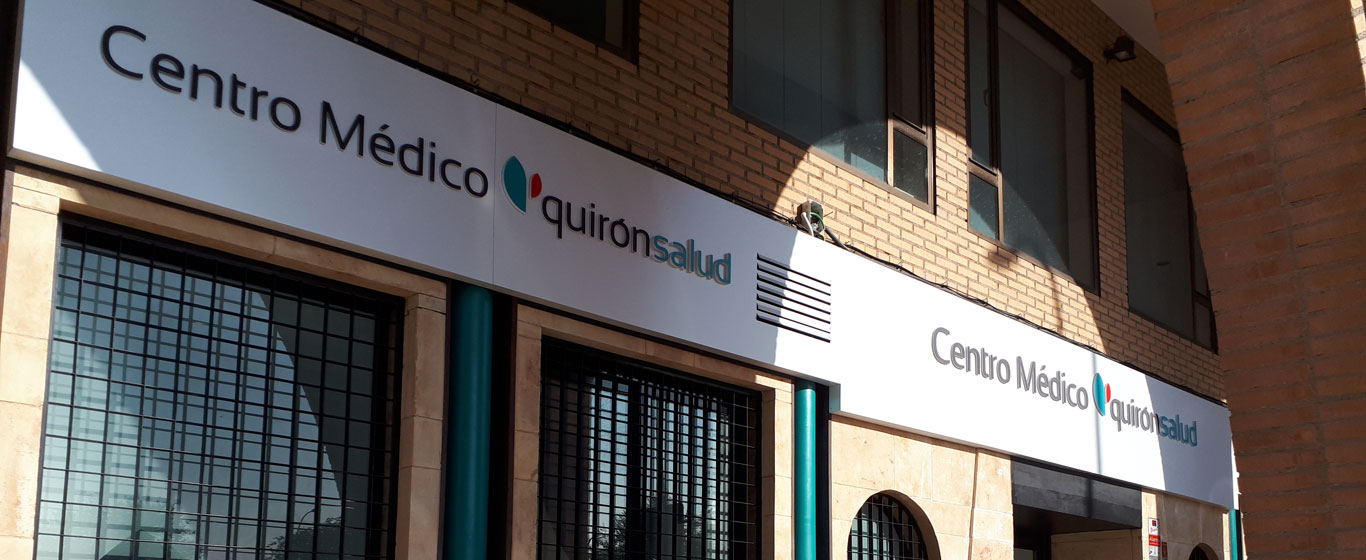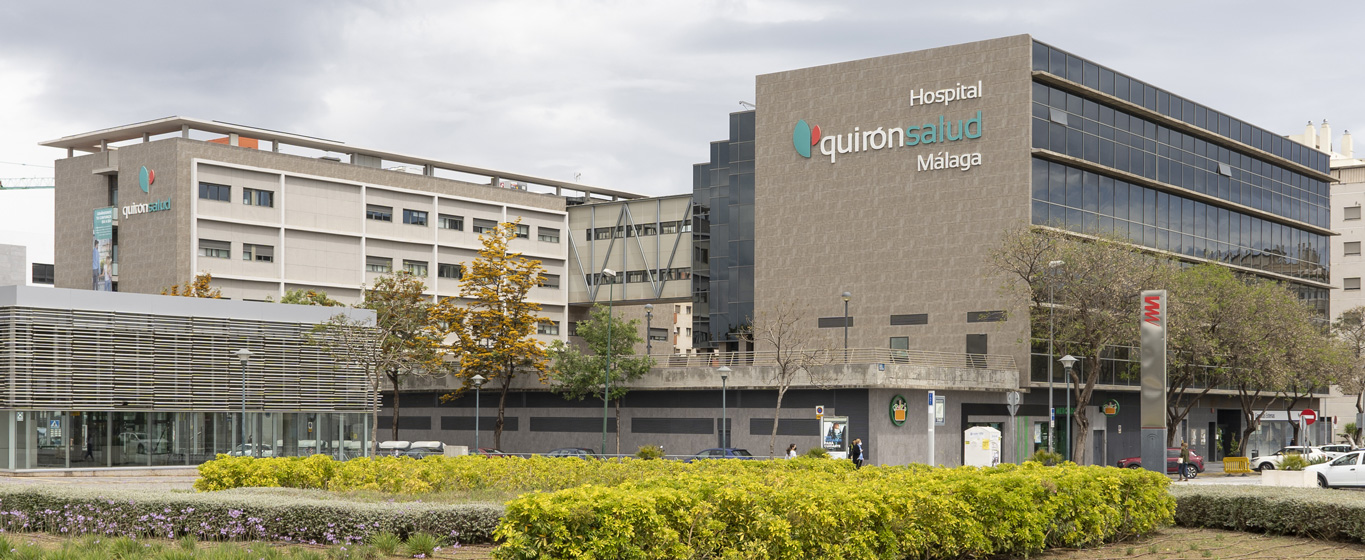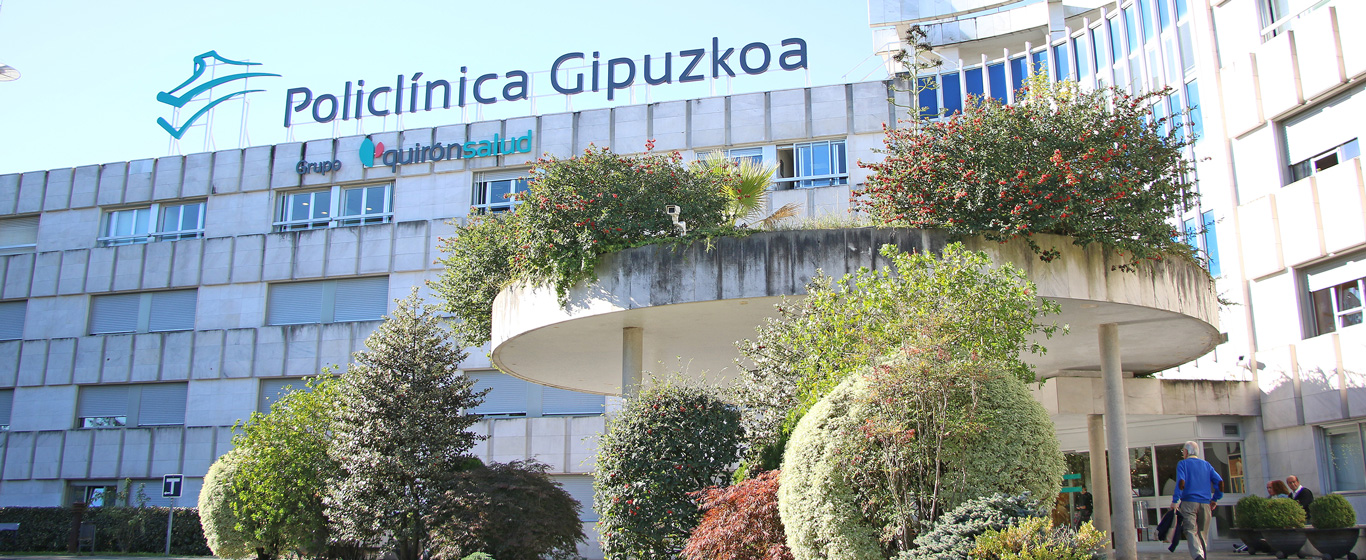Acanthosis nigricans
Information about the symptoms, causes, and treatment of skin thickening and dark patches in skin folds.
Symptoms and Causes
Acanthosis nigricans, also known as acanthosis pigmentosa, is a condition characterized by thickening and hyperpigmentation of the skin. It typically appears in areas where skin folds develop, such as the armpits, neck, groin, or elbows.
Although it is a disease in itself, it can also be an indicator of other, more serious conditions such as hormonal disorders, insulin resistance, or certain types of cancer. Therefore, it is important to see a specialist as soon as the first signs appear.
The prognosis of acanthosis pigmentosa depends on the underlying cause. When the skin changes are isolated or are a symptom of a benign condition, they tend to resolve quickly with appropriate treatment. However, if they occur as a consequence of a malignant disease (malignant acanthosis nigricans), the survival rate decreases significantly.
Symptoms
The characteristic symptoms of acanthosis nigricans include:
- Areas of thickened, darkened (brown or black) skin with a velvety texture. These may appear anywhere on the body but are most common in the folds of the neck, armpits, elbows, groin, knees, and occasionally the lips.
- Patches with a symmetrical pattern affecting both sides of the body.
- In cases related to insulin resistance: intense thirst, increased urination, fatigue, blurred vision.
- When caused by hormonal alterations: irregular menstrual cycles, hirsutism, acne.
- When it appears as a sign of internal organ cancer: rapid onset of patches, larger affected areas, thickening of the palms (palmar acanthosis), seborrheic keratosis, weakness, and weight loss.
Causes
The most common causes of acanthosis nigricans are:
- Obesity.
- Insulin resistance.
- Endocrine disorders: polycystic ovary syndrome, hypothyroidism, Cushing’s syndrome (excess cortisol), acromegaly (excess growth hormone).
- Certain medications: corticosteroids, hormonal contraceptives, some chemotherapy drugs.
- Less commonly, certain types of cancer: lymphoma, liver, colon, or stomach cancer.
- Genetic predisposition.
Risk Factors
The risk of developing acanthosis pigmentosa increases in the following cases:
- Obesity.
- Family history of acanthosis nigricans, obesity, or type 2 diabetes.
- Diabetes or prediabetes.
- Having diseases or taking medications that may trigger the condition.
Complications
The most common complication of acanthosis nigricans is type 2 diabetes. In addition, other conditions related to the underlying disease may develop.
Prevention
Acanthosis nigricans cannot always be prevented. To reduce the risk, it is recommended to maintain a healthy lifestyle:
- Keep a healthy weight.
- Eat a diet rich in fruits and vegetables while limiting refined sugars and processed foods.
- Engage in regular moderate physical activity.
Which doctor treats acanthosis nigricans?
Acanthosis pigmentosa is diagnosed and treated within the field of medical-surgical dermatology and venereology, although medical oncology or endocrinology and nutrition may also be involved depending on the underlying condition.
Diagnosis
Diagnosis of acanthosis nigricans involves a physical examination of the skin consisting of:
- Observation of the patches to assess their location and color.
- Palpation to determine their texture.
Once the diagnosis is confirmed, additional tests are performed to identify the underlying cause. The most common include:
- Medical history: focuses on the medications the patient is taking as well as personal and family history of diabetes and obesity. It also checks for other symptoms that may reveal the cause of the skin changes.
- Blood tests: used to assess insulin and glucose levels. In severe cases, tumor markers may also be evaluated.
- Biopsy: a sample of affected skin is taken to rule out other diseases.
Treatment
Treatment of the skin thickening and darkening caused by acanthosis nigricans involves the use of topical medications such as retinoids, lactic acid, or salicylic acid.
In cases where acanthosis is secondary to other conditions:
- Therapies aimed at the underlying disease.
- Adoption of a healthy lifestyle.
- Use of antidiabetic medications.
- If possible, discontinuation of medications that cause the skin changes.



































































































